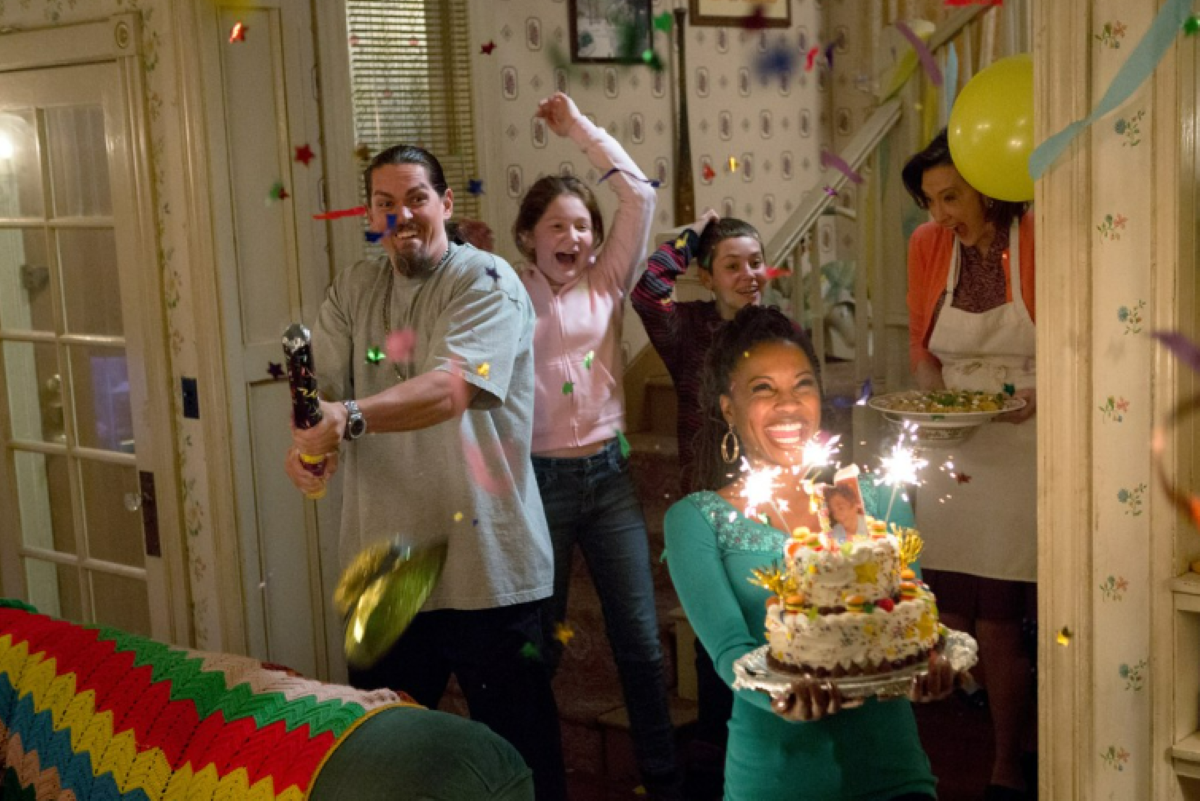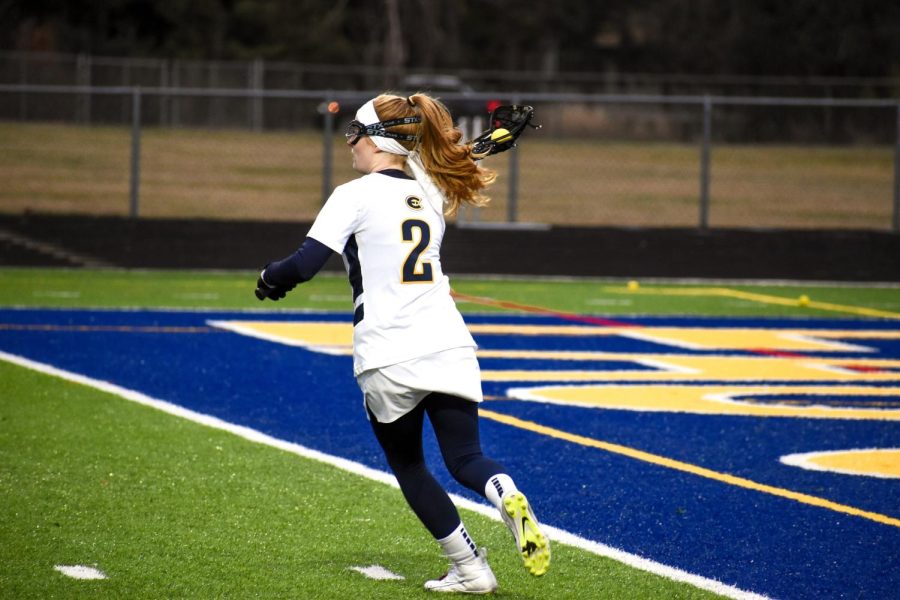As the least sporty person on The Spectator staff, I’m not sure how I missed the opportunity to play several less intense ‘sports’ for The Rookie’s Guide. But on Tuesday night I dug out a pair of athletic shorts and tried to find — and then put on — my game face. I’ve played tennis a few times before and I assumed it would be quite similar to that.
As I learned, racquetball is pretty much tennis in a funhouse.
There is a lot going on all around you and not everything makes a ton of sense, but when you leave, you realize you had a pretty good time.
Armed only with a short racket and a will to live, you have to defend yourself from the constant threat of a small, blue rubber ball.
In singles play, only two people are allowed in each court at a time and the goal is to hit said ball against one wall and have it bounce back in a way that will make it difficult for your opponent to return effectively.
The trickiest part is that you are completely walled in, which ups the speed, intensity and difficulty of the game by a lot. That little ball changes directions and speed constantly in the court, and as soon as play begins, the room becomes noisy and disorienting, especially to a newbie.
Even when my coach tried to shout out encouraging tips, or tell me that I was losing, it all became blurred into one loud, constant echo.
My coach/opponent was copy editor Thom Fountain, who was kind enough to let me serve first.
Standing in a taped off row in the middle of the room I bounced the ball once off the ground and hit it towards the front wall. Then, complete chaos ensued.
A serve needs to bounce off the front wall and land behind you in another taped off section that extends about five feet from the back wall. The second player has to return the ball by again hitting toward the front wall, making sure to let it bounce on the floor only once. That is basically the way the game works.
A successful return needs to hit the front wall before touching the ground. This goes on until somebody faults and messes up. The exciting (and hilariously difficult part) is that the ball can be hit against any of the other four walls before hitting the front wall.
As I quickly learned, but never really mastered, it is much more difficult to hit the ball back to the front wall when it comes at you from a completely different direction. Thom had me scrambling to cover every inch of the court, once or twice having to give up a point so that I could stop myself from smashing into a wall.
Overall, I’d say it went pretty well. It didn’t end in any injury and I even managed to score some points. Rally scoring is not used, so only the person serving can win points. Games are played to 15 points but the winner must have a two-point lead. The best two out of three games wins the match.
Thom had a pretty easy time beating me, and at first I felt frustrated and out of breath, but now that I’ve had some time to mull it over, I think I might be ready for a rematch.





